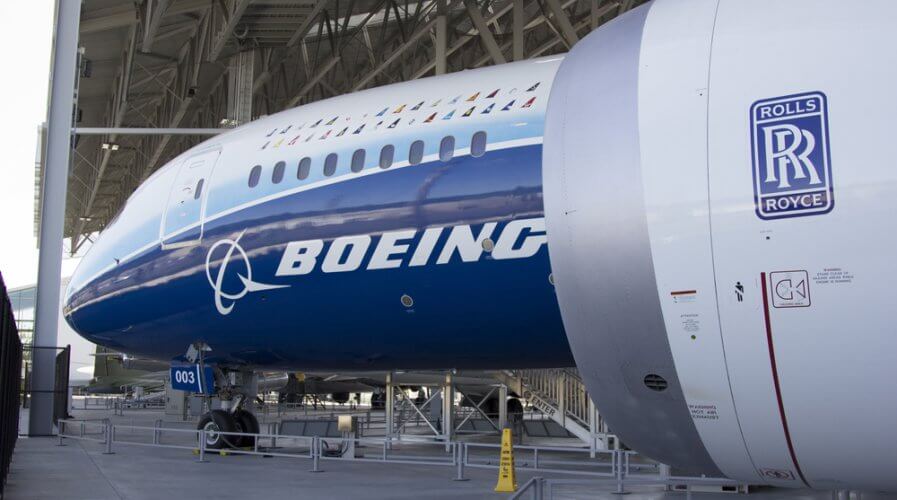
Boeing is a good example of companies driving digital transformation effectively. Source: Shutterstock
Digital transformation is not IT’s responsibility
DIGITAL transformation is all the hype in the business world now but what does it mean and who’s in charge?
Many organizations mistaken the purpose and meaning of the shift. As a result, they fail to deliver despite spending big budgets on technologies.
Let’s make it clear: Digital transformation is meant to change how the organization works. This is so that the business can survive and thrive in the digital era.
Look at companies such as Mercedes, Boeing, and DBS Bank — they’re all driving digital transformation quite effectively in their business.
Henkel, a German company, grabbed digital transformation by the horns when it launched a committee to drive its projects. To be honest, that’s the only way to drive such change at the enterprise level.
It isn’t about getting new state-of-the-art computers or revamping the company website.
Instead, what matters is the team culture that directly influences the business’ service delivery.
For instance, there is a disconnect if the CEO is harping on blockchain but its staffs still fax documents around.
To change how the organization works take time and leadership.
Overnight successes usually do not last. So, proper time and thoughts must go into the construction of the business’ position in the digital era and its trajectory of getting there.
Technology is just a vessel that can ensure the company has a place in the future.
However, it is its leader that will determine how far it goes and how the whole company will get there.
This is to say that the responsibility of digital transformation is not on the IT department but the boardroom instead.
How to spearhead digital transformation effectively
A company is only as good as its people.
For this reason, leaders need to first empower their teams to be more digital and to move forward with transformation.
To explain, C-suites need to be the enablers that bring out their respective teams’ spirit for innovation.
What leaders need to acknowledge is also that the shift does not happen by issuing a company memo.
Although, it isn’t rocket science either. What leaders should instill in their staff is agility as well as multidisciplinary collaboration.
Technology is rapidly maturing and it will continue to change.
With agility, employees will be able to take on the advancements head-on and will manage day-to-day tasks better.
Business leaders will need its people to be agile to not only survive but also thrive in the digital era.
On top of that, collaborative minds will save the team a lot of time.
When everyone is on the same page, decision-making time will be swifter and problems can be forecasted beforehand.
For example, if an automation process for a department is not compatible with the workflow of another relating department, it will not even be considered in the digital transformation agenda.
While C-suites have a helicopter view of the business’ future, front liners usually do not and will need to be empowered to do so.
Therefore, digital transformation is actually on the shoulders of CEOs.
READ MORE
- Strategies for Democratizing GenAI
- The criticality of endpoint management in cybersecurity and operations
- Ethical AI: The renewed importance of safeguarding data and customer privacy in Generative AI applications
- How Japan balances AI-driven opportunities with cybersecurity needs
- Deploying SASE: Benchmarking your approach






